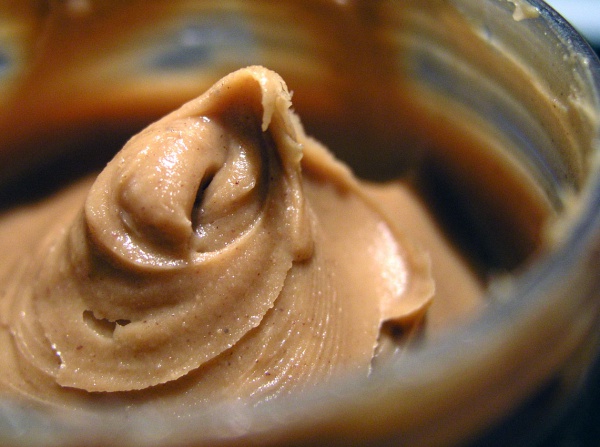Facts About Peanut butter
Peanut butter is a beloved spread made from ground, dry-roasted peanuts. Often, a touch of salt, sweeteners, or emulsifiers is added to enhance its flavor and texture. It is enjoyed worldwide, commonly spread on bread, used in sandwiches, or incorporated into breakfast dishes and desserts.
The origins of peanut butter can be traced back to the Aztecs and Incas, but it has undergone significant evolution over time thanks to various inventors and entrepreneurs.
The process of making peanut butter starts with planting and harvesting the peanuts, followed by shelling, roasting, cooling, blanching, grinding, and finally packaging. There are two main varieties: crunchy and smooth. To be labeled as "peanut butter" the product must contain at least 90% peanuts. Artisan peanut butter, often preservative-free and handmade, is typically produced on a smaller scale.
From a health perspective, peanut butter is rich in protein, healthy fats, fiber, and several vitamins and minerals. However, it can be dangerous for those with peanut allergies, potentially causing severe reactions like anaphylaxis.
Peanut butter is incredibly versatile in the kitchen. It is a key ingredient in sandwiches, cookies, candies, and even serves as a vital food source in areas affected by famine.
Interestingly, peanut butter is called "pindakaas" in the Netherlands due to legal restrictions on the term "butter." During World War II, it was even nicknamed "monkey butter."

 United States
United States